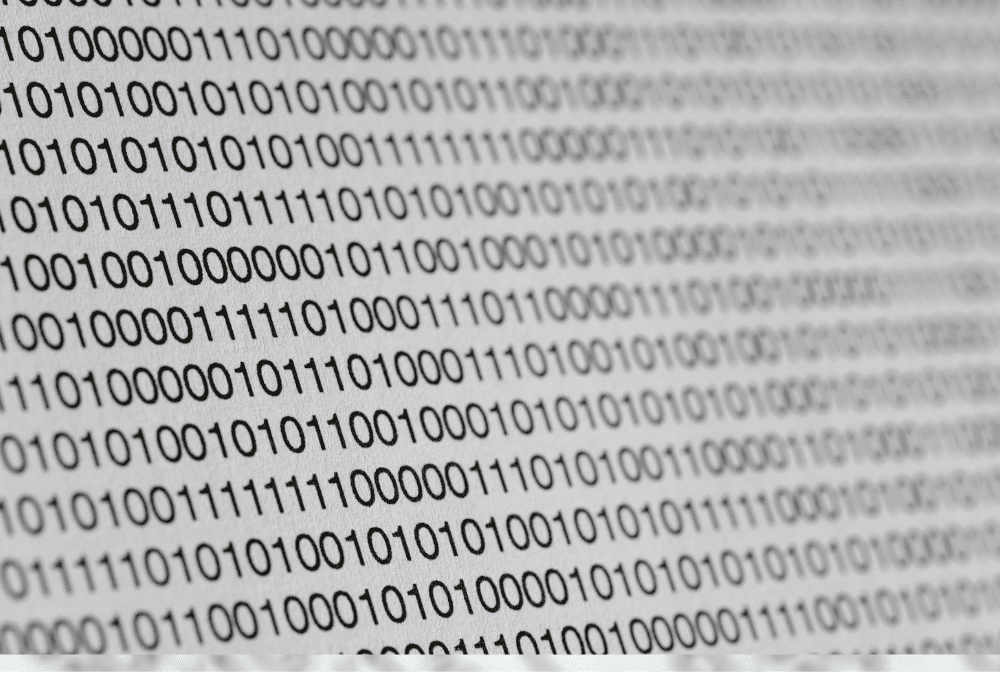You’ve probably stumbled upon this article with a burning question in mind: What is the 300th digit of 0.0588235294117647? Whether you’re a math enthusiast, a student curious about numbers, or simply someone who’s intrigued by patterns in decimal expansions, you’re in the right place. You might think finding such a distant digit in a decimal sequence is complicated, but with a little exploration, the answer becomes clear—and actually quite fascinating.
Let’s dive into the world of decimals, repeating sequences, and patterns, and together, we’ll uncover what the 300th digit of 0.0588235294117647 really is. Plus, you’ll learn some cool math tricks along the way!
Understanding Repeating Decimals: The Key to Finding the 300th Digit
Before we tackle the specific question, we need to understand the concept of repeating decimals. Repeating decimals, also known as recurring decimals, occur when a fraction does not convert into a finite number of decimal places. Instead, a portion of the decimal continues indefinitely, repeating the same sequence of digits.
For example, consider the fraction 1/3, which equals 0.333…. In this case, the digit “3” repeats infinitely. Similarly, the decimal number 0.0588235294117647 is the result of dividing 1 by 17. This is a repeating decimal, where the sequence 0588235294117647 repeats itself indefinitely.
The trick to answering the question “What is the 300th digit of 0.0588235294117647?”
The Decimal Expansion of 1/17: A Closer Look
When you divide 1 by 17, you get a decimal expansion that starts with 0.0588235294117647. But, crucially, this sequence of 16 digits repeats itself infinitely. This is what we call the repeating block of digits. The decimal representation of 1/17 is:
0.05882352941176470588235294117647…
As you can see, after the first 16 digits (0588235294117647), the sequence starts over again. It continues to repeat this same block of 16 digits endlessly.
This repeating block is the key to answering the question. Once you identify the repeating segment, you can easily determine the 300th digit by finding where it falls within the cycle.
Breaking Down the 300th Digit of 0.0588235294117647
Now that we know the repeating block consists of 16 digits, let’s figure out the position of the 300th digit within this block. Here’s the thought process:
Step 1: Divide 300 by 16
We want to know where the 300th digit falls in the repeating cycle of 16 digits. To do that, divide 300 by 16:
300 ÷ 16 = 18 remainder 12
This means that after 18 full cycles of 16 digits, we’ll have 12 more digits into the next cycle.
Step 2: Find the 12th Digit in the Repeating Block
Now that we know the 300th digit corresponds to the 12th digit of the repeating block, let’s look at the repeating block of 0.0588235294117647:
- 1st digit: 0
- 2nd digit: 5
- 3rd digit: 8
- 4th digit: 8
- 5th digit: 2
- 6th digit: 3
- 7th digit: 5
- 8th digit: 2
- 9th digit: 9
- 10th digit: 4
- 11th digit: 1
- 12th digit: 1
So, the 300th digit of 0.0588235294117647 is 1.
Why This Repeating Decimal Pattern Matters
Now that we’ve found the answer, let’s take a moment to understand why this pattern is so important. Repeating decimals like 0.0588235294117647 are more than just mathematical curiosities. They are closely tied to fractions and rational numbers, which makes them essential in a variety of fields such as engineering, physics, and computer science.
By understanding repeating decimals, we gain insight into the relationships between numbers, their patterns, and how these patterns help us make sense of large or seemingly complex numerical problems. In this case, knowing the repeating nature of 1/17 allowed us to easily determine the 300th digit without having to manually calculate hundreds of decimal places.
The Magic of Number Patterns

Numbers often have hidden patterns, and once you unlock these, solving problems becomes much simpler. In the case of 0.0588235294117647, the repeating sequence makes it straightforward to find the 300th, 1000th, or even the millionth digit—all without the need for advanced computing.
These patterns are not just mathematical oddities; they help us understand broader concepts in mathematics, such as modular arithmetic, which is used in everything from cryptography to calendar calculations.
How Repeating Decimals Relate to Fractions
Repeating decimals are directly related to fractions. In fact, any fraction with a denominator that doesn’t divide evenly into a finite number of decimal places will produce a repeating decimal. The length of the repeating block depends on the denominator.
For example, 1/3 gives us 0.333… with a single repeating digit. 1/7 gives us 0.142857, with a repeating block of six digits. Similarly, as we’ve seen, 1/17 results in 0.0588235294117647, with a 16-digit repeating block.
Understanding this relationship helps us break down complex decimal problems and identify repeating patterns, which is the key to solving questions like the one posed here about the 300th digit of 0.0588235294117647.
Why 0.0588235294117647 is Special: The Connection to 1/17
The number 0.0588235294117647 is the decimal expansion of 1/17, and while it may seem random at first glance, the repeating sequence it forms is a crucial part of its identity. What’s remarkable about these kinds of numbers is that they help mathematicians and scientists understand periodicity, cycles, and even real-world phenomena that involve repetition, such as sound waves or planetary orbits.
In this case, the repeating block of 16 digits is what makes the number so interesting. It demonstrates how a fraction as simple as 1/17 can produce an infinitely repeating, orderly sequence of digits, which can be analyzed to find any digit at any position—whether it’s the 300th digit or the 3000th.
Practical Applications of Repeating Decimals
While finding the 300th digit of 0.0588235294117647 might seem like a fun exercise, repeating decimals have very real applications. For example, repeating decimals are used in:
- Cryptography: Repeating decimal sequences are used in encryption algorithms that protect your data online.
- Pattern recognition: Identifying repeating sequences in data can help scientists understand cycles in nature, economics, and other fields.
- Computer algorithms: Programmers use concepts from repeating decimals to create efficient algorithms for everything from simulations to digital art.
By recognizing these repeating patterns, mathematicians and scientists can save time and make accurate predictions in their work.
How to Calculate Other Distant Digits in Repeating Decimals
Now that you’ve mastered how to find the 300th digit of 0.0588235294117647, you can apply the same technique to other repeating decimals. Here’s a quick step-by-step guide you can follow:
- Identify the repeating block: Find the sequence of digits that repeats indefinitely.
- Calculate the position: Divide the desired digit position by the length of the repeating block to see where the digit falls.
- Find the remainder: The remainder will tell you the position of the digit within the repeating block.
Using this method, you can easily determine any digit in a repeating decimal without needing to manually expand the entire sequence.
Fun Facts About Repeating Decimals
- The fraction 1/7 produces a repeating decimal with six digits: 0.142857.
- Any fraction whose denominator is a multiple of 3 or 9 will produce a repeating decimal with digits that sum to 9.
- Repeating decimals can have blocks of any length, depending on the denominator of the fraction. For example, 1/17 has a block of 16 digits, while 1/19 has a block of 18 digits.
These fascinating patterns not only make repeating decimals a joy to explore but also reveal deeper mathematical truths.
FAQs About What is the 300th Digit of 0.0588235294117647
1. Why does the decimal expansion of 1/17 repeat?
The decimal expansion of 1/17 repeats because it is a rational number, meaning it can be expressed as a fraction. All rational numbers either terminate or repeat in their decimal expansions.
2. How can I find the 500th digit of 0.0588235294117647?
To find the 500th digit, follow the same method as with the 300th digit. Divide 500 by 16 (the number of digits in the repeating block) and use the remainder to identify the position within the block.
3. Is there a pattern to the length of repeating decimal sequences?
Yes, the length of the repeating decimal sequence depends on the denominator of the fraction. For 1/17, the sequence has 16 digits. The length is determined by the number of digits it takes for the division to start repeating.
4. Can repeating decimals be converted back into fractions?
Absolutely! Every repeating decimal represents a fraction. In the case of 0.0588235294117647, it corresponds to 1/17.
5. What’s the significance of repeating decimals in mathematics?
Repeating decimals are important because they represent rational numbers. They also help mathematicians understand periodic patterns, which have applications in various scientific and engineering fields.


